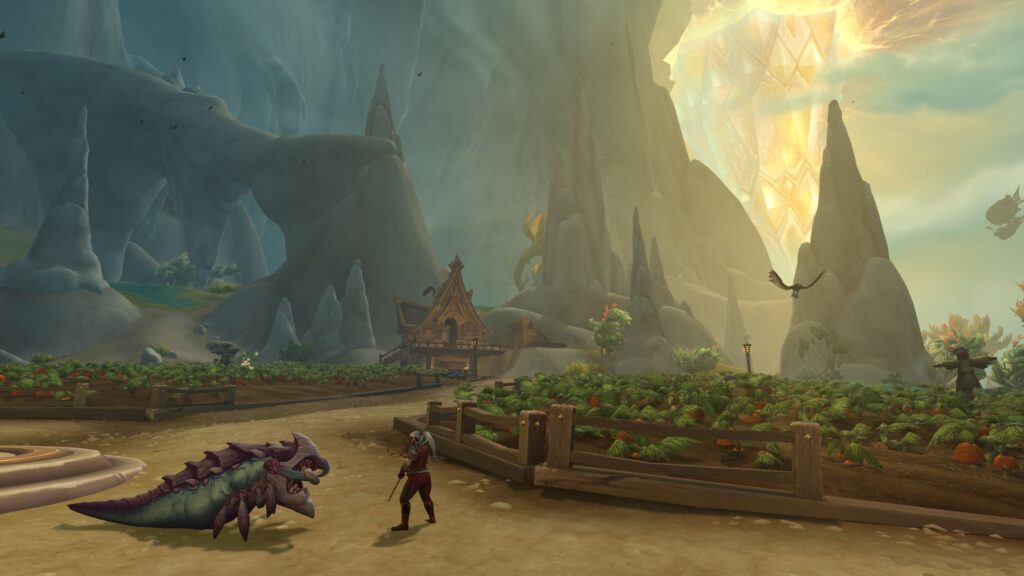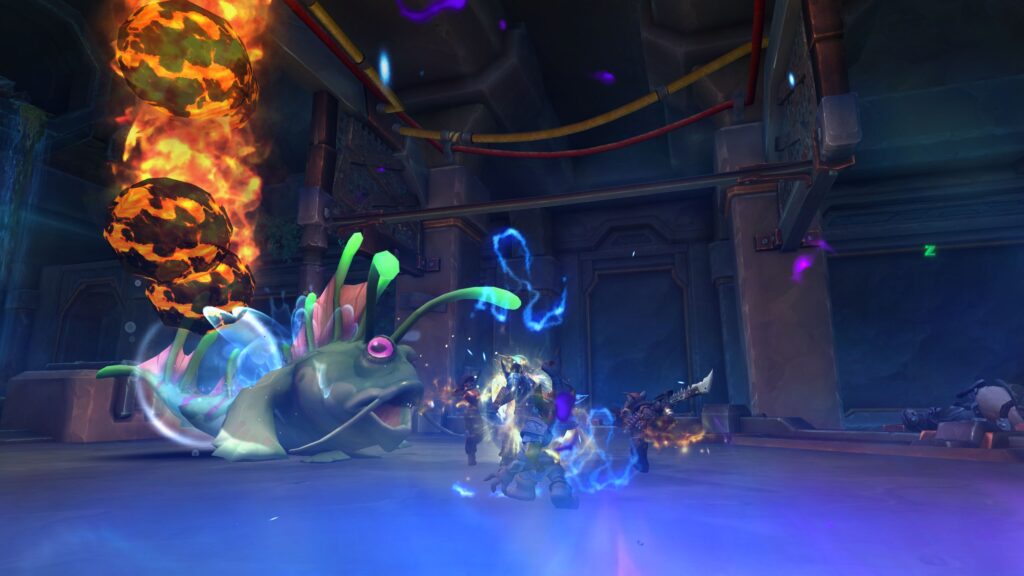Introduction: WoW’s Role in Shaping the MMORPG Landscape
Since its release in 2004, World of Warcraft (WoW) has stood as the gold standard for massively multiplayer online role-playing games (MMORPGs). It revolutionized the genre by combining deep, immersive lore with engaging, accessible gameplay. WoW’s success set the template for what MMORPGs could and should be, influencing game design, social structures, and community engagement across the gaming industry. While newer MMORPGs have tried to build on WoW’s foundation, many of them owe their core concepts, systems, and gameplay mechanics to the innovations pioneered by Blizzard’s flagship title.

Building a Massive, Persistent World
One of WoW’s most significant contributions to modern MMORPGs is its massive, persistent world. Azeroth is a living, breathing universe where players can explore, interact, and shape the outcome of various events. WoW’s world-building set a new standard for how virtual worlds could be designed and maintained, creating a dynamic and ever-evolving environment that players could immerse themselves in.
The Impact on World Design
Before WoW, many MMORPGs focused on instanced content and static environments. WoW introduced a seamless, open-world design that allowed for large-scale exploration and adventure. This shift influenced many modern MMORPGs, including titles like Final Fantasy XIV, Elder Scrolls Online, and Guild Wars 2, which sought to emulate WoW’s immersive world design. The idea of a persistent world, where changes happen in real time, has become a defining feature of many modern MMORPGs.
Notable World Design Features
- Open-world exploration with no loading screens between zones
- Seamless integration of player-driven events, such as world bosses and faction conflicts
- Day-night cycles and dynamic weather systems to enhance immersion
Questing and PvE Content: A New Standard

WoW revolutionized questing and PvE content by offering players a more structured, yet flexible, approach to progression. Quests were designed to offer meaningful rewards while also telling stories that immersed players in the world of Azeroth. This model of questing and content delivery became a key feature for future MMORPGs, ensuring that players could always find something to do, whether it was a simple task or a complex, multi-part storyline.
The Rise of Dynamic Questing
WoW’s questing system provided players with a sense of purpose in a vast world, where every action mattered. Expansions like The Burning Crusade and Wrath of the Lich King introduced epic, multi-layered questlines that tied into the greater story of the game. Additionally, systems like quest hubs and quest logs made it easier for players to keep track of objectives. Modern MMORPGs, such as Elder Scrolls Online, have incorporated similar systems to make quests more accessible and engaging, allowing players to dive into rich narratives with rewards tied to progression.
Important Quest Features
| Feature | Impact on WoW | Legacy in Modern MMORPGs |
|---|---|---|
| Quest Hubs | Central locations where players receive multiple quests | Used in most modern MMORPGs to organize and streamline questing |
| Story-Driven Questlines | Quests tied directly to the overarching game story | Many newer MMORPGs, like Final Fantasy XIV, adopt this model for storytelling |
| Daily Quests | Regular tasks to keep players engaged | Other MMORPGs now feature similar daily and weekly challenges |
Social Features and Community Building
WoW didn’t just change the way people played games; it also transformed how players interacted within those games. The guild system, group content, and integrated chat channels became key to WoW’s success. Players formed communities to tackle difficult challenges together, forging lasting friendships and rivalries. These social features were integral to WoW’s design, making it more than just a game—it became a social experience.
Influence on Community Features in Modern MMORPGs

Modern MMORPGs have borrowed heavily from WoW’s social structures. Guilds, for instance, are now a staple of most MMORPGs, offering players a place to organize, share experiences, and participate in group activities. Other social tools, such as voice chat and integrated social media platforms, were also pioneered in part by WoW’s social innovations, helping to create strong in-game communities.
Key Social Features of WoW
- Guilds and guild management systems
- In-game messaging and voice chat tools for easy communication
- Achievements and rewards tied to social interaction
The Legacy of WoW’s Combat System
WoW’s combat system has evolved over the years, but its basic principles—action-based, team-oriented, and class-driven—have influenced almost every MMORPG that followed. The combination of abilities, cooldowns, and synergy between players in a group setting laid the foundation for many modern MMORPG combat systems, including those seen in games like Guild Wars 2 and Black Desert Online.
The Role of Classes in Modern Combat

WoW’s class system, which allows players to choose from a variety of character types, is another key influence on modern MMORPGs. Players’ roles in combat—such as tank, healer, and DPS (damage per second)—became standard features in games that followed. These roles have been expanded and refined, but WoW’s foundational mechanics continue to shape the way combat is designed in the genre.
Conclusion: WoW’s Enduring Influence on the MMORPG Genre
World of Warcraft’s innovations have left an indelible mark on the MMORPG genre. From world design to questing, social features, and combat mechanics, WoW’s influence is felt in almost every major MMORPG that followed. While new games continue to innovate, they often build upon the foundation that WoW set, using its successes and shortcomings to push the genre forward. As WoW continues to evolve, its legacy of innovation remains an integral part of the gaming world, ensuring that its impact on MMORPGs will endure for years to come.
Home
